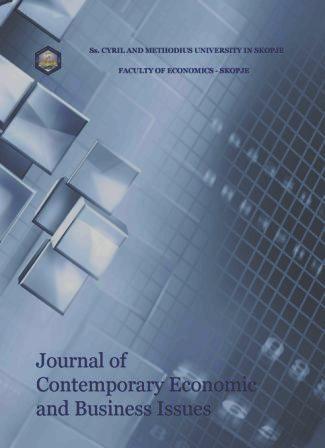Busıness leadershıp concepts exemplıfıed by the two exceptıonal leaders Danıel Vasella and Rıcardo Semler
Keywords:
leadership, life-story, life history, Semler, VasellaAbstract
Purpose – Against the background of current leadership theory this research paper analyses and compares the leadership approaches of two outstanding leaders: Daniel Vasella, chairman of the leading Swiss pharmaceutical organization Novartis and Ricardo Semler, owner of the Brazilian conglomerate Semco. In contrast to many rather abstract, unpractical and pointlessly theoretical papers on leadership this analysis provides a more applied view of leadership by means of the life history approach delivering insight into both leaders’ development and leaderly personality.leadership
Methodology/approach – First, this paper locates the ideas and practices associated with the term “leadership” as a concept through theories that have developed over time and shows how the practices of leading can be derived and understood through chosen theories. Based on this, the specific characteristics and career paths of both leaders are presented and compared so that a final analysis of their leadership approach can be done.
The paper is based on secondary sources such as peer-reviewed business journals and literature on leadership. Information about both leaders and their approach to leadership is gathered mainly from published interviews with them. Additional information on Semler is taken from his autobiography.
Conclusions – It is difficult to identify an “essence” of leadership, whether that takes the form of personality characteristics or traits, charisma, the ability to transform people or organizations or a brain function. All presented theories of leadership seem to have their raison d'être. Both Vasella and Semler apply a combination of different attitudes and behaviours that characterize their leadership style containing elements of transformational , charismatic, ethical, servant and authentic leadership.
Downloads
Published
Issue
Section
License
Authors retain copyright of the published papers and grant to the publisher the non-exclusive right to publish the article, to be cited as its original publisher in case of reuse, and to distribute it in all forms and media.
Authors are permitted to deposit publisher's version (PDF) of their work in any repository, personal and institutional websites, but full bibliographic information (authors, titles, volume, issue etc.) about the original publication must be provided.

